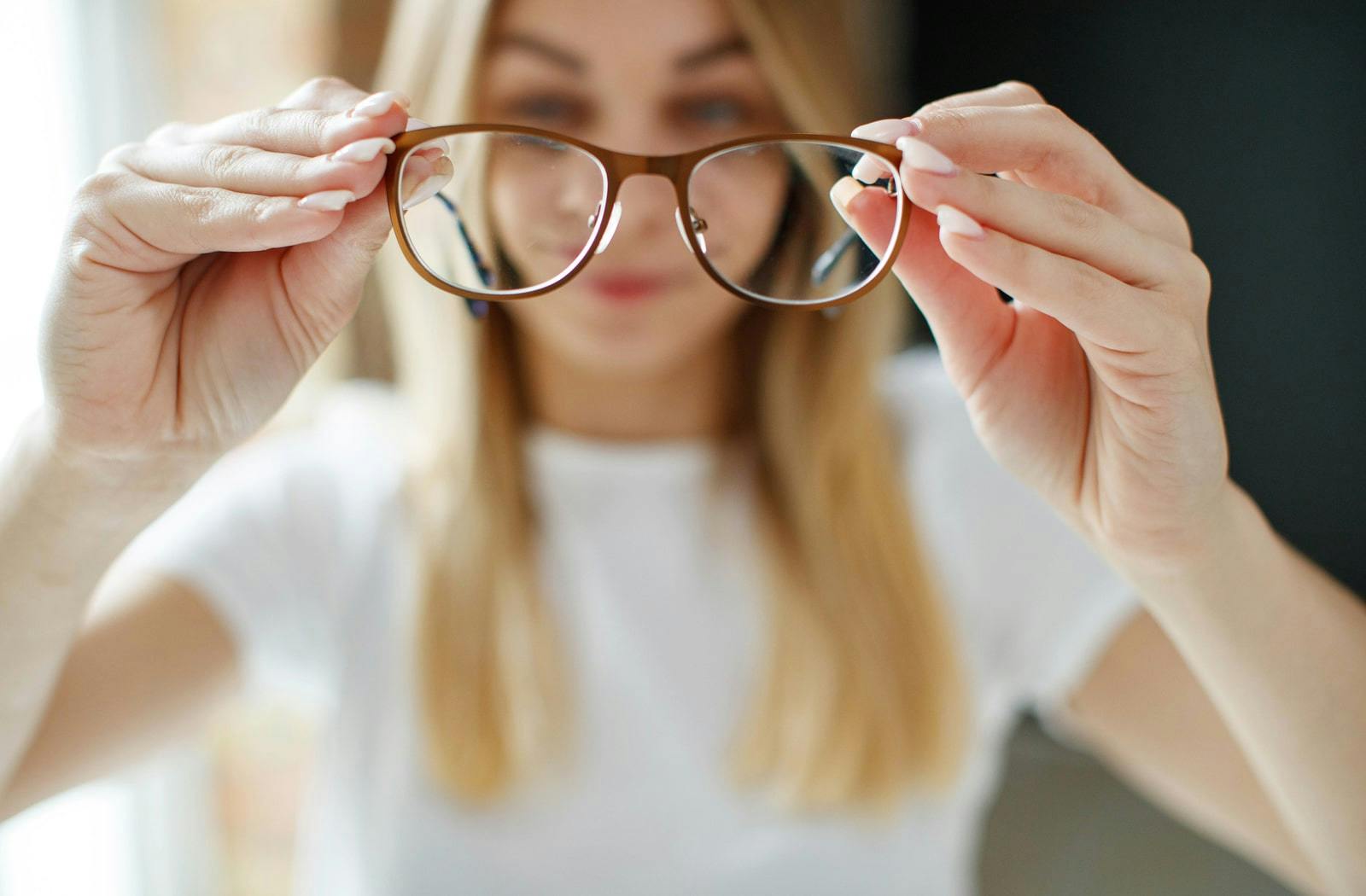- Home Page/
- Myopia Control
Myopia Control
WHAT IS MYOPIA?
Myopia is also known as "near-sightedness" or "short-sightedness" and is a condition of the eye where the eyes have excessive focusing power, therefore causing light to inaccurately focus inside the eye, resulting in blurred vision.

Is Myopia a serious condition?
Yes, it's not just about glasses or contact lenses
Potentially blinding with irreversible loss of vision
Increased risk of cataract, glaucoma, macular disease, and retinal detachment

Lack of Awareness
65% of Australian parents with children aged 17 and under don't know what myopia is
76% of Australian parents believe that a regular pair of glasses is the best treatment option
31% of Australian children have never been to an optometrist by the age of 17

How common is Myopia in Australia?
🌐Looming worldwide epidemic
📈 Age of onset has moved from 11 years of age back in the 1980s, to just 8 years of age today
❗Prevalence of myopia in 12-year-olds has doubled in 6 years
🏫1/3 of children have myopia by the time they finish high school
👨⚕4% of these children are much more likely to suffer serious eye health problems

Are all optometrists able to prescribe myopia management products?
✔ There are many different options now for myopia management, however, the majority of optometrists are still prescribing single vision lenses that do not offer any protection.
👩⚕Dr Carina Trinh (optometrist) is the only accredited practitioner in the Burwood/Strathfield area to prescribe NaturalVue and EDOF 1 Day SEED contact lenses. These offer a higher prescription range possible compared to other daily disposable lenses available for myopia management.
📌 She offers the full gamut of treatment options for myopia management including MiyoSmart (Hoya DIMS) spectacle lenses, Stellest (Essilor H.A.L.T.) spectacle lenses, orthokeratology, MiSight (CooperVision) daily disposable FDA approved soft contact lenses, and can prescribe compounded low dose atropine for myopia management.
What are the risk factors for myopia?
- Parents with myopia
- Increase close up work/screen time
- Asian ethnicity (faster progression)
- Highly educated parents
- Glasses that are not up to date

What can be done?
🤳Reduce screen time
⛹♀️Have children spend 90 min to 120 min daily outdoors (while wearing sun hat and sunglasses)
🧘♂Take breaks every 20 min when on screens/reading for 5 minutes, if a break is forgotten and it's been 40 min, then take 10 minutes off
💡Good lighting (don't read in the shadows / in the dark)
👩⚕3 monthly - 6 monthly axial length measurements to measure the efficacy of treatment
👀Regular 6 monthly eye examinations at a trusted optometrist who is up to date with the latest research for myopia in children

What can be done if your child is already myopic?
- 3-6 monthly eye exams with axial length measurements
- Proactive myopia management options including
- SEED EDOF 1 Day
- Extended focus spectacles
- or alternative treatment options depending on the recommendation from your optometrist and discussion with parents as to what will be the best option for the child.
